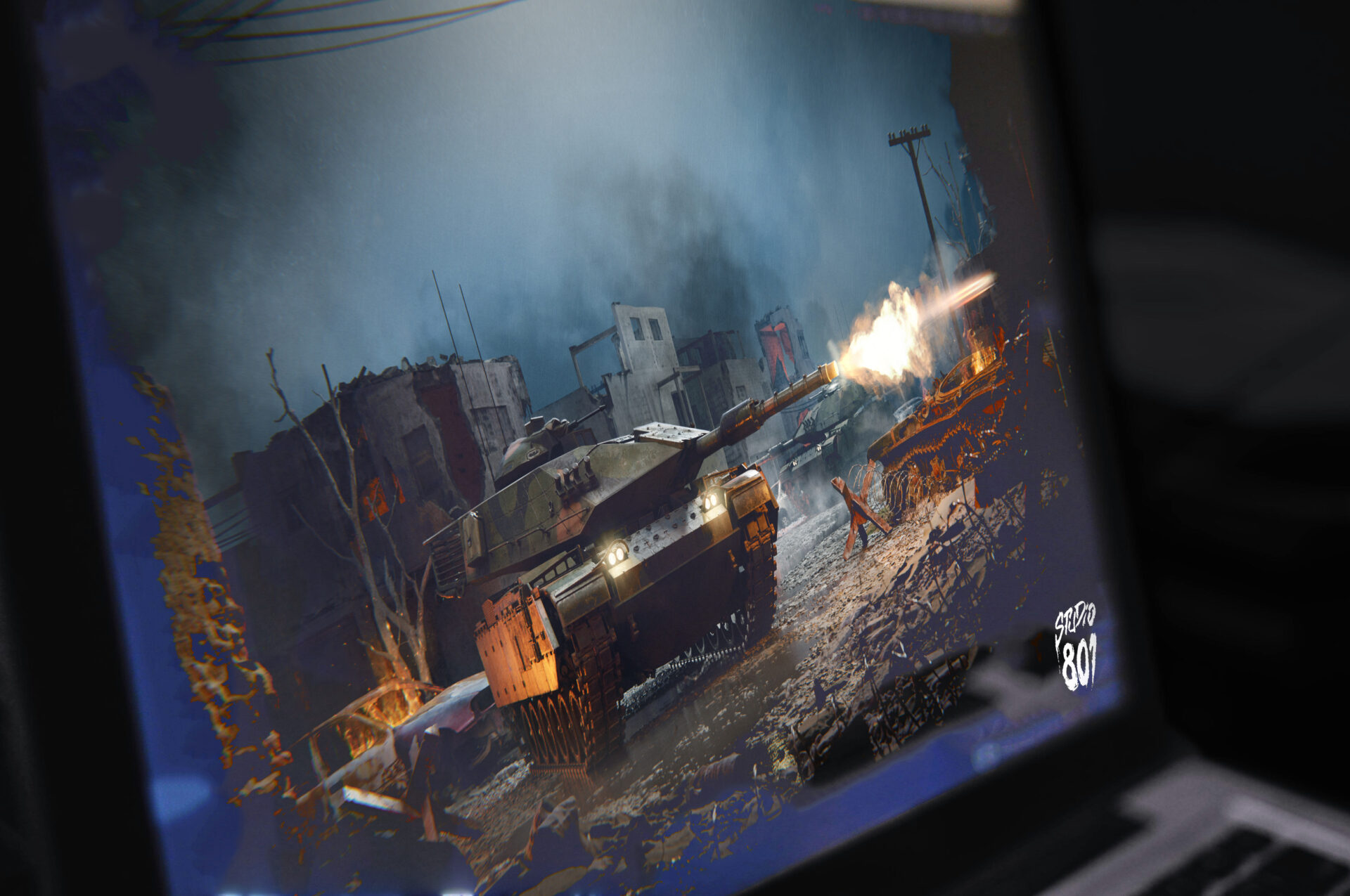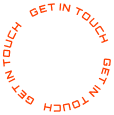Mastering 3D Art: A Comprehensive Guide for Beginners and Beyond

From video games and animated films to product design, architecture, and visual effects, 3D art skills are highly sought after. Mastering 3D modeling, texturing, animation, and other techniques can open up a breadth of career opportunities and bring your creative visions to life.
However, the journey to become a 3D artist may be confusing at the beginning. This comprehensive guide covers a bunch of subjects that we have become experts at and we want to give you some tips on everything you need to know to get started in 3D art as a beginner and find a way to take your skills to the next level or to refresh your existing portfolio. We’ll explore the most common techniques, essential software tools, specialized applications, and more. The creative possibilities are endless, so let’s dive in!
Types of 3D Art and Basic Concepts
3D Modeling
3D modeling focuses on crafting the underlying forms and shapes that make up objects in the digital world. Smooth and efficient modeling workflow is crucial for professional results. Key skills include:
- Polygonal modeling to create hard surface and mechanical objects like vehicles, buildings, props, and environments.
- Sculpting for highly detailed organic models including creatures, characters, foliage, and natural terrain.
- Retopology to optimize models for animation by reducing polygon counts while maintaining detail.
- Utilizing reference images, concept art, and real world observation to achieve accuracy in modeling.
Start with simple polygon primitives, maintain proper edge flow around curved surfaces, reuse and modify existing pieces, and optimize polygon counts to only essential details. Clean topology and edge flow will make texturing and animating easier down the road.
Texturing
Texturing is the process of applying 2D bitmap images over 3D models to give them color, details, and realistic surface properties. Key texturing techniques include:
- UV mapping to properly layout and match textures to the 3D geometry. Like unwrapping a gift box.
- Painting textures digitally for total control and customization. Tablet skills help immensely.
- Using procedural materials and PBR shaders to simulate real-world physical properties.
- Tiling and repeating smaller texture samples to cover large areas efficiently.
To add more realism, pay close attention to texture scale, resolution, variation, and accurate covering of all details. Texturing completes the look and feel of models.
Animation
Animation means bringing 3D models to life with movement and action. Smooth, believable animation is a skill unto itself. Key techniques include:
- Rigging characters and objects with digital bones and controls to articulate them properly.
- Using keyframes on a timeline to set poses and define movements through interpolation.
- Mastering the 12 principles of animation like squash and stretch, anticipation, slow in and out.
- Crafting foundational movements like walk cycles, facial expressions and other to convey weight, emotion, and realism.
More advanced skills involve layering multiple animations through controllers, constraints, and animation blueprints for more complex interactions. Polish and finesse each animation with an observant eye on physics, weight, and emotion.
Lighting
Lighting is the final step that completes a 3D scene or artwork. Proper lighting can make or break the final product, setting mood, drawing the viewer’s eye, and grounding the image in reality. Key lighting knowledge includes:
- Using various direct, point, and area lights to build contrast and definition.
- Baking or faking ambient occlusion, shadows, and global illumination for added realism without high render costs.
- Leveraging advanced render engines like Arnold, Redshift, or Octane with Physically Based Rendering (PBR) for photoreal results.
- Optimizing renders by simplifying scenes, using proxy models, dialing sampling settings, and other tricks to reduce noise and render times.
Take the time to analyze lighting in the real world and artwork you admire. Lighting principles go a long way in 3D too.
Choosing the Right Software
When getting started in 3D art, one of the first decisions is choosing software. Some programs are generalized while others are tailored for specific tasks. Popular packages each have strengths depending on your goals:
- Blender — Fully featured open source package for modeling, texturing, animation, simulation and rendering. Widely used by hobbyists.
- Autodesk Maya — Industry standard all-purpose program with extensive toolset optimized for animation and VFX.
- Cinema 4D — Easier learning curve thanks to straightforward UI, with robust capabilities for motion graphics.
- ZBrush — Specialized digital sculpting software for highly detailed organic models and creatures. The de facto standard for character artists.
- Substance Painter — Leading PBR texturing tool for both hard surface and organic models. Intuitive painting workflow.
Many 3D artists learn multiple programs to take advantage of each tool’s specific strengths. The right software depends on your specialization and pipeline.
Specialized 3D Art Techniques
Though the basics of 3D art stay the same, each industry has unique needs. Some top specializations include:
- Visual Effects (VFX) — Creating cinematic quality assets and effects for film and television. Demanding technically and creatively.
- 3D Printing — Designing objects suitable for additive manufacturing with watertight models and achievable overhangs.
- Architectural Visualization — Building 3D environments from CAD plans and crafting marketing imagery by lighting, decorating and compositing.
- Virtual Reality (VR) — Optimizing 3D assets specifically for real-time game engines rather than pre rendered film.
- Product Design — Modeling and prototyping product concepts in 3D for form studies, testing and marketing.
The list goes on. Find your niche, study the tools and techniques required in that field, and build up targeted experience through passion projects or professional work.
Conclusion
Learning 3D art requires dedication but delivers immense creative rewards. Start by grasping the fundamentals, constantly expand your skills through experimentation and study, and determine your professional goals. As technology progresses, the demand for talented 3D artists in gaming, film, design, and beyond will only continue growing. The future looks bright for those who master this multifaceted digital artform. With patience and practice, you too can bring your 3D creations to life!
If you would like us to help bring your own project to life, don’t hesitate to reach out to us via our form at the bottom right of the page. Or click this link. Alternatively you can contact us via info@studio-801.com





